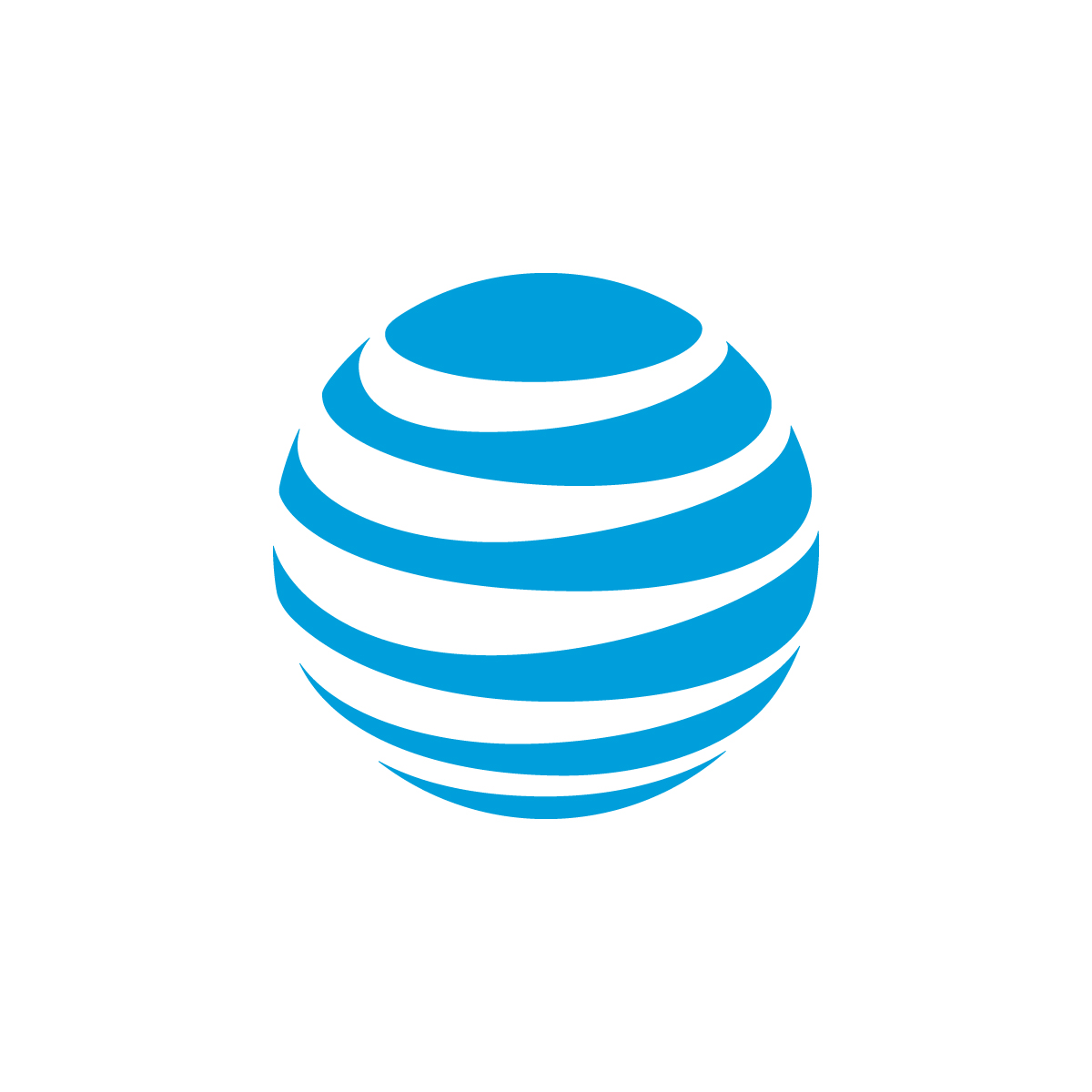Building Success in Sustainability: Transparency in the Supply Chain
By: Stephen Bernard
Building Success in Sustainability: Transparency in the Supply Chain
Transparency is critical for the success of any program, and that includes one focused on sustainability in the supply chain. At AT&T we view our supply chain through the lenses of accountability and transparency with the notion that, “what gets measured gets done.” Based on our experience, the following key actions provide a strong foundation for a transparent and sustainable supply chain:
Establish Goals. Fundamental to a successful supply chain program is setting clear and public goals that align with the company’s sustainability goals. For example, one of AT&T’s goals for our supply chain program is that by the end of 2015, a majority of spend with strategic suppliers will be with those who track greenhouse gas (GHG) emissions and have specific GHG goals.
Set Clear Expectations. Building off of a company’s own goals is setting clear expectations for the suppliers with whom you work. At AT&T, that starts with aligning to our Principles of Conduct for Suppliers, which are posted on our Supplier Portal. These principles, which have been publically available since late 2008, give a clear outline of AT&T’s expectations for suppliers, including environmental protection, labor practices, ethics and diversity.
Measure Your Progress. We measure our suppliers’ commitment to sustainability using several tools. These include engaging our suppliers with sustainability contract requirements, an annual supplier sustainability survey, a sustainability scorecard and reporting to CDP.
Communicate. Regular communication is crucial to supply chain transparency. Our in-depth conversations and performance reviews with our major suppliers cover what sustainability means, the supplier’s scores, and how we can work together to meet our goals. Using information from our survey and scorecard, we regularly inform our leadership and we provide sustainability training for staff on how to engage suppliers and demonstrate impact. Finally, we make communicating with our stakeholders a high priority and routinely provide supply chain sustainability updates on our Citizenship & Sustainability website, as well as for CDP and the Dow Jones Sustainability Index.
Take Purposeful Action. We realize that many sustainability issues are too big to tackle alone. We expect purposeful action by our top suppliers that will spark positive ripple effects upstream and downstream in our supply and value chain.
Continuous Improvement. Suppliers are responding positively to our efforts with improved efficiencies, scores and sustainable practices. We are on track to achieve our public goal of an average score of 80 percent or higher for top suppliers on the balanced Citizenship & Sustainability Scorecard by the end of 2017. While we are pleased with the progress, there is still much work to be done. Transparency and supplier engagement are ongoing and challenging processes, but by sticking to these key actions we can build a more transparent, sustainable supply chain.

